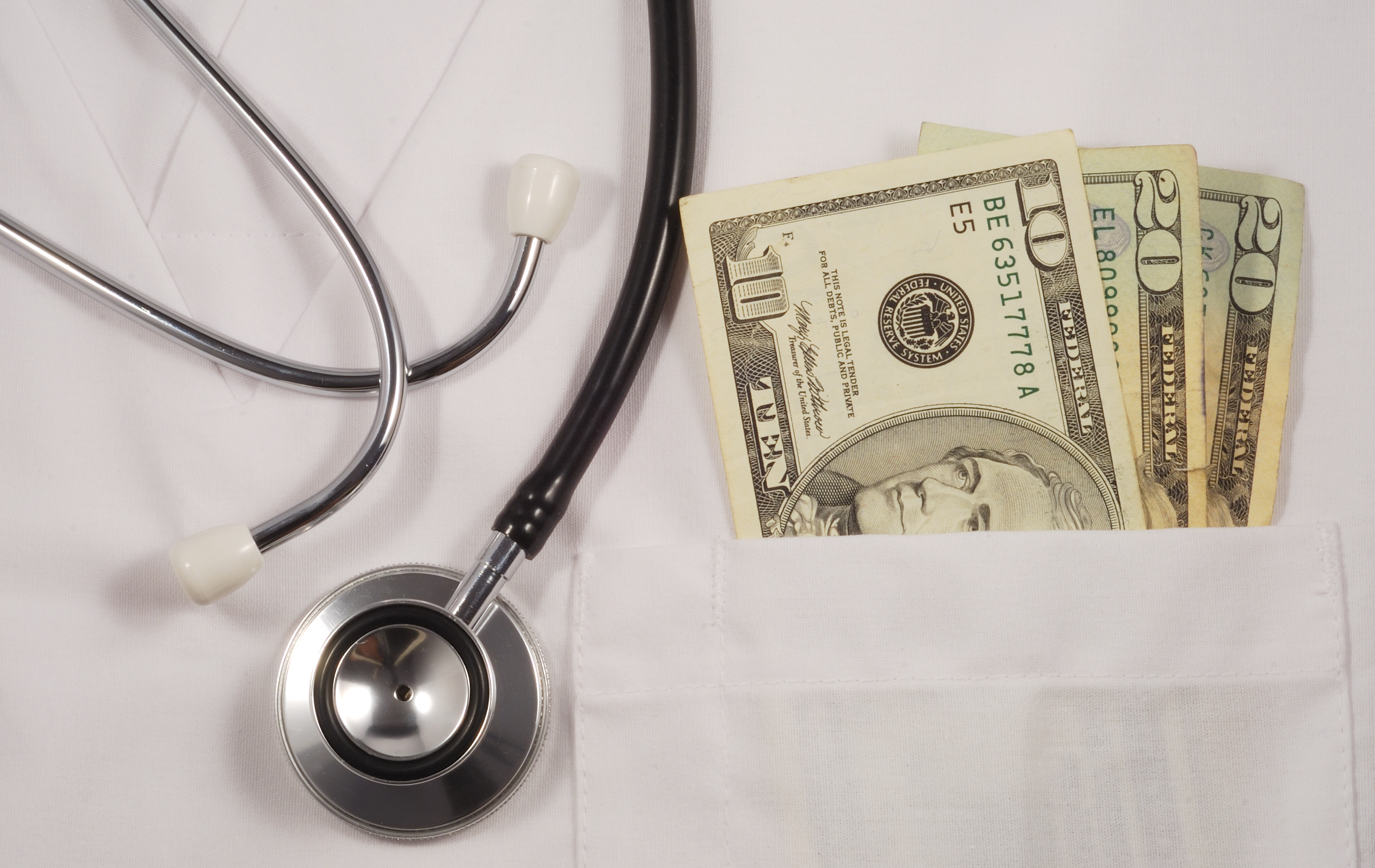Per-capita health care spending grew by 4.5% in 2014, and overall health spending grew by 5.3%, according to the Centers for Medicare & Medicaid Services (CMS), a slower rates of growth than most years prior to passage of the Affordable Care Act.
Consumer out-of-pocket spending grew by only 1.3% in 2014, compared to 2.4% growth in 2013, reflecting the increased number of individuals with health coverage, according to CMS.
Overall, health care spending grew 1.2 percentage points faster than the overall economy in 2014, resulting in a 0.2 percentage-point increase in the health spending share of gross domestic product – from 17.3% to 17.5%.
In the decade prior to the ACA (2000-2009), health care spending grew by an average of 6.9% annually, 2.8 percentage points faster than GDP.
The report by the CMS Office of the Actuary said the increase in spending from 2013 was driven primarily by millions of people with new health insurance coverage a result of the ACA, as well as by rapidly rising prescription drug costs.
Overall, spending on prescription drugs grew by 12.2% in 2014, compared to 2.4% growth in 2013. The increase was caused largely by spending for new medicines, particularly for specialty drugs such as those used to treat hepatitis C.
On a per-enrollee basis, overall spending increased by 3.2% in private health insurance and 2.4% for Medicare. Spending decreased by 2.0% in Medicaid.
The Affordable Care Act allowed 8.7 million individuals to gain coverage in 2014 compared to 2013, noted CMS Acting Administrator Andy Slavitt, “and still the rate of growth remains below the level in most years prior to the coverage expansion, while out-of-pocket costs grew at the 5th-lowest level on record.”
Additional highlights from the report include:
Total private health insurance expenditures (33% of total health care spending) reached $991.0 billion in 2014, and increased 4.4%, faster than the 1.6% growth in 2013 (the slowest rate since 1967).
The faster rate of growth reflected expanded coverage through Marketplace plans, health insurance premium tax credits, new industry fees, and changes to benefit designs.
Per-enrollee spending increased by 3.2% in 2014. Average growth in per-enrollee spending was 7.4% from 2000-2009.
Medicare spending, which represented 20% of national health spending in 2014, grew 5.5% to $618.7 billion, a faster increase than the 3.0% growth in 2013. The 2014 growth was driven largely by spending for prescription drugs.
Per-enrollee spending increased by 2.4% in 2014, compared to average annual growth of 7.0% from 2000-2009.
Medicaid spending accounted for 16% of total spending on health. It grew 11.0% in 2014 to $495.8 billion, compared to 5.9% in 2013. Medicaid growth in 2014 was driven by coverage expansion under the ACA in 26 states and the District of Columbia.
An estimated 6.3 million newly eligible enrollees were added to Medicaid in 2014. Per-enrollee spending decreased by 2.0%.
Out-of-pocket spending, excluding premiums but including copayments, deductibles, and spending not covered by insurance, grew 1.3% in 2014 to $329.8 billion, slower than the 2.1% growth in 2013. The slowdown in 2014 resulted from the expansion of insurance coverage and the corresponding drop in the number of individuals without insurance.
Retail prescription drug spending grew 12.2% in 2014 to $297.7 billion, compared to 2.4% growth in 2013, mainly due to increased spending for new medicines and price increases for brand-name drugs.





